LDAR program: Quantification and reduction of fugitive methane emissions

Bureau Veritas' LDAR (Leak Detection and Repair) program is used to detect and repair methane leaks from equipment on petrochemical industrial sites. This reliable and proven method reduces methane emissions and provides significant productivity gains.
Main project's drivers for reducing the greenhouse gas (GHG) emissions
Energy and resource efficiency
Energy Decarbonisation
Energy efficiency improvements
Improving efficiency in non-energy resources
Emission removal
Financing low-carbon issuers or disinvestment from carbon assets
Reduction of other greenhouse gases
Project objectives
Emissions of methane (one of the major GHGs - GreenHouse Gases) are the second largest cause of global warming. Reducing global methane emissions by 50% over the next 30 years would help to keep global warming below +1.8°C by 2050. Furthermore, the reduction of fugitive GHG emissions is a key element in Scope 1 of Bureau Veritas’s clients for achieving their defined carbon neutrality targets. Although focussing on fugitive methane emissions, LDAR services (initially applied to all VOCs (Volatile Organic Compounds)) are equally applicable to other GHGs, such as SF6 (sulphur hexafluoride).
The LDAR program consists mainly of making regular use of leak detection means (such as the FID analyser and the OGI camera) for the preparation of associated repair actions and quantification of these resulting emissions and gains.
Given the large amount of information to be managed and the importance of the traceability and history of collected data, an LDAR quality program is necessarily organised around dedicated management software such as “GEF VOC”, the LDAR software developed and maintained by Bureau Veritas. This software must be able to calculate fugitive emission rates in accordance with applicable standards and regulations.
In addition, one of the key points in ensuring the compliance and reliability of an LDAR program is the establishment of a rigorous and comprehensive quality system, including a robust process for the qualification of participants.
Emission scope(s)
on which the project has a significant impact
- Emission scopes
- Description and quantification of associated GHG emissions
- Clarification on the calculation
Scope 1
Direct emissions generated by the company's activity.
Scope 2
Indirect emissions associated with the company's electricity and heat consumption.
Scope 3
Emissions induced (upstream or downstream) by the company's activities, products and/or services in its value chain.
Emission Removal
Carbon sinks creation, (BECCS, CCU/S, …)
Avoided Emissions
Emissions avoided by the activities, products and/or services in charge of the project, or by the financing of emission reduction projects.
Scope 3 – LDAR Program:
- 60,000 t eqCO2/year for companies that request Bureau Veritas to conduct their programs
On average, LDAR campaigns conducted by Bureau Veritas can monitor approximately 10,000,000 potential sources of fugitive emissions each year.
~ 30% of these potential emission sources carry methane (i.e. ~ 300,000 sources).
A robust LDAR program reduces emissions by 80% from their initial level.
The average initial level of fugitive emissions generally observed is of the order of 10 kg/year/potential source of emission.
300,000 sources x 10 kg/year x 80% reduction = 2,400 t CH4/year
2,400 t CH4 x 25 = 60,000 t eqCO2/year
Key points
Invested amount
~ 300 k€ per year
Starting date of the project
2015
Project localisation
Services provided internationally (Europe, Middle East, Latin America, China)
Project maturity level
Prototype laboratory test (TRL 7)
Real life testing (TRL 7-8)
Pre-commercial prototype (TRL 9)
Small-scale implementation
Medium to large scale implementation
Economic profitability of the project (ROI)
Short term (0-3 years)
Middle term (4-10 years)
Long term (> 10 years)
Illustrations of the project
The reduction of fugitive emissions that are not limited to GHGs also provides the following benefits:
- Improved safety (reduction in the ATEX risk)
- Improved health (reduction of emissions of CMR: Carcinogenic, Mutagenic and Reprotoxic) compounds
This Good Practice contributes to the following SDGs:
- SDG 7 Clean and affordable energy: less consumption of carbon energy
- SDG 13 Measures to combat climate change: lower carbon emissions for better preservation of the climate
Since the early 2000s, Bureau Veritas has implemented an “internal” replication process for the LDAR business.
This strategy is based on the following key principles:
- Creation of continental Centres of Excellence
- Support by the Historic Centre of Excellence
- Support by Oil & Gas Global Service Line
- Support by the Technical and Quality Division
With its experience as an international player, Bureau Veritas also regularly provides technical support to local authorities during the process of establishing regulations dedicated to LDAR.
The traditional range of LDAR services is centred on Bottom-up type services.
Bureau Veritas has set up partnerships with several companies to expand its services catalogue with Top-down type approaches (drones, satellites, laser detection, etc.) to address the problem of fugitive emissions from a different perspective, in particular allowing its customers to prioritise their actions based on the criticality of emissions observed using these techniques.
Contact the company carrying the project :
fugitive.emissions@bureauveritas.com
Bureau Veritas' other projects :

The development of classification rules for ships using decarbonized fuels and new propulsion systems
The use of decarbonized fuels produced from renewable energy and of alternative propulsion systems bring new challenges to demonstrate..

CHARGESCAN by BV Reliability to electric vehicle charging solutions (EVCS) networks
Bureau Veritas launched ChargeScan by BV, an end-to-end solution to ensure electric vehicle charging solutions (EVCS) network reliability thanks…

